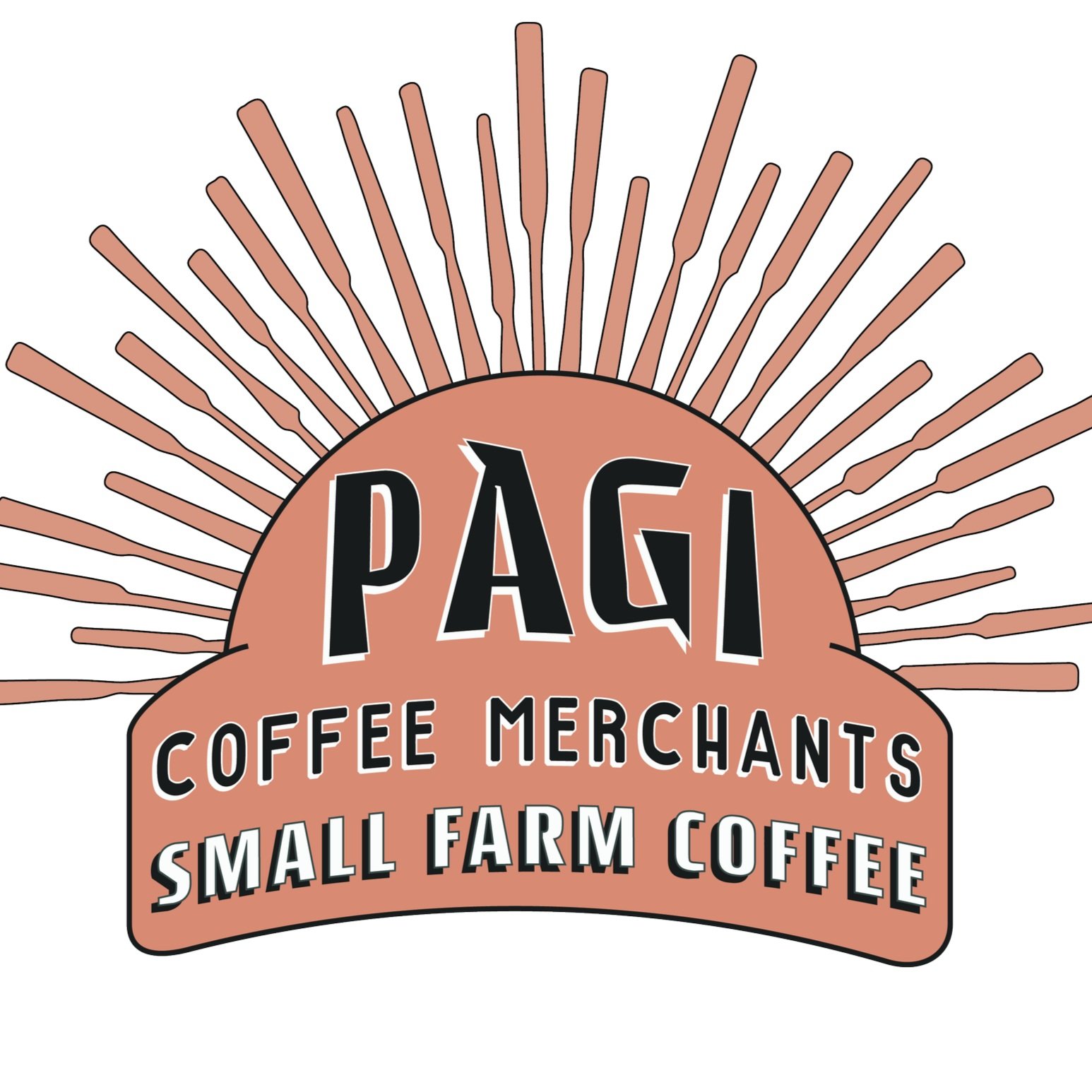How to Make a Great Japanese Pour Over
The pour-over method of brewing coffee as we now know it has been utilized in Japan since at least the late 1800’s. Coffee has been integrated in Japanese culture ever since an 1893 coffee-focused trade pact that Japan formed with Brazil to farm and import coffee.
Today, Brazil is home to the largest population of Japanese Ex-pats, several generations of Japanese have roots in Brazil and this can all be traced back to the 1893 coffee treaty.
Before Japan opened itself to the rest of the world, coffee was brought by Dutch traders through the small port city of Nagasaki as early as the 1600s.
For centuries, the elegant pursuit of the perfect pour-over has been an obsession for Japanese coffee enthusiasts. Originally, Japanese pour-overs were brewed utilizing a bamboo vessel known as the kyusu. This method became increasingly popular due to its ability to extract subtle yet complex flavors from roasted coffee beans and bring out their full potential in perfectly tempered hot water.
As the trend of coffee brewing took off, a variety of specialized tools were crafted and fine-tuned to perfection. Among these tools, the Clay Drip Pot and the Ceramic Coffee Dripper stand out for their enduring popularity and widespread use to this day.
These tools have been instrumental in shaping the evolution of coffee brewing techniques. Over time, they have given rise to what we today recognize as Pour Over Coffee. This method of brewing has not only gained immense popularity worldwide but also holds a special place among coffee aficionados and is often the only brewing method offered at Japanese coffee shops.
This Japanese tradition has extended its influence beyond its national borders, gaining notable traction in Western third-wave coffee shops. The third-wave coffee movement, characterized by high-quality beans, artisanal techniques, and a focus on taste, aligns perfectly with the Japanese pour-over method. Baristas and coffee lovers around the globe have been mesmerized by the precision, control, and ritualistic beauty offered by this brewing technique.
The surge in popularity is further attributed to the emphasis on sustainable practices common in third-wave establishments, where the simplicity and waste-free approach of the pour-over method are highly valued. Thus, the Japanese pour-over method has become an integral part of the global coffee scene, bringing its rich history and nuanced technique to cups around the world.
Here are a few great drippers on the market:
The Zero Drip Cone
The Kalita Wave
Our Favorite: Kalita 102
Let's delve into the art of preparing the perfect Japanese Pour Over using a Kalita Ceramic Coffee Dripper. This little brown dripper is what we use for our pour-overs at Kopi Coffee House and can be found in use at some of Tokyo's best Kissatens.
The Kalita is a cone-shaped dripper with three holes in the bottom, which allows for a more even extraction and better flow control. When using this dripper, it’s important to pay attention to its shape and size - the angle at which the filter sits in your cup or carafe plays an essential role in achieving a balanced brew.
Step by Step Guide
Step 1: Set up your brewing equipment. Place the Ceramic Coffee Dripper over your coffee cup or carafe.
Step 2: Place a paper filter in the Ceramic Coffee Dripper and rinse it with hot water. This helps remove any paper taste and preheats the dripper. We suggest a classic white paper filter, the recycled brown paper filters can influence the taste.
Step 3: Weigh out approximately 15-20 grams of coffee beans (depending on your preference for coffee strength).
Step 4: Grind your coffee beans to a medium consistency.
Step 5: Add the ground coffee to the filter. Level the coffee bed by gently shaking the dripper.
Step 6: Boil water to about 94°C. If you don't have a kettle that measures temperature, bring the water to a boil and then let it cool down for about 30 seconds.
Step 7: Start the "bloom" process. Pour enough water (about twice the weight of the coffee) over the grounds to wet them evenly. Tiny bubbles should appear at this point indicating fresh beans are being used. Let the coffee bloom for 30 seconds.
Step 8: Begin the pour-over. Slowly Fill the filter with about 220ml of hot water from your kettle. Make sure not to overfill as this will increase brew time. Slowly rotate the drips around the carafe in circles until all grounds are fully wetted - this will ensure even extraction during brewing. Slowly pour the rest of the water in slow circular motions, avoiding the filter's edges. Aim to finish pouring by around the 2-minute mark.
Step 9: Let the coffee drip through, it should finish draining by the 3-minute mark.
Step 10: Discard the filter and grounds. Your cup of Coffee is ready to be enjoyed.
Remember, the key to a great pour-over is consistency and patience. Happy brewing!





